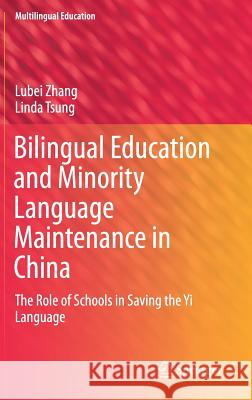Bilingual Education and Minority Language Maintenance in China: The Role of Schools in Saving the Yi Language » książka
topmenu
Bilingual Education and Minority Language Maintenance in China: The Role of Schools in Saving the Yi Language
ISBN-13: 9783030034535 / Angielski / Twarda / 2019 / 165 str.
Bilingual Education and Minority Language Maintenance in China: The Role of Schools in Saving the Yi Language
ISBN-13: 9783030034535 / Angielski / Twarda / 2019 / 165 str.
cena 201,72
(netto: 192,11 VAT: 5%)
Najniższa cena z 30 dni: 192,74
(netto: 192,11 VAT: 5%)
Najniższa cena z 30 dni: 192,74
Termin realizacji zamówienia:
ok. 22 dni roboczych.
ok. 22 dni roboczych.
Darmowa dostawa!
Kategorie:
Kategorie BISAC:
Wydawca:
Springer
Seria wydawnicza:
Język:
Angielski
ISBN-13:
9783030034535
Rok wydania:
2019
Wydanie:
2019
Ilość stron:
165
Waga:
0.45 kg
Wymiary:
23.5 x 15.5
Oprawa:
Twarda
Wolumenów:
01
Dodatkowe informacje:
Wydanie ilustrowane











